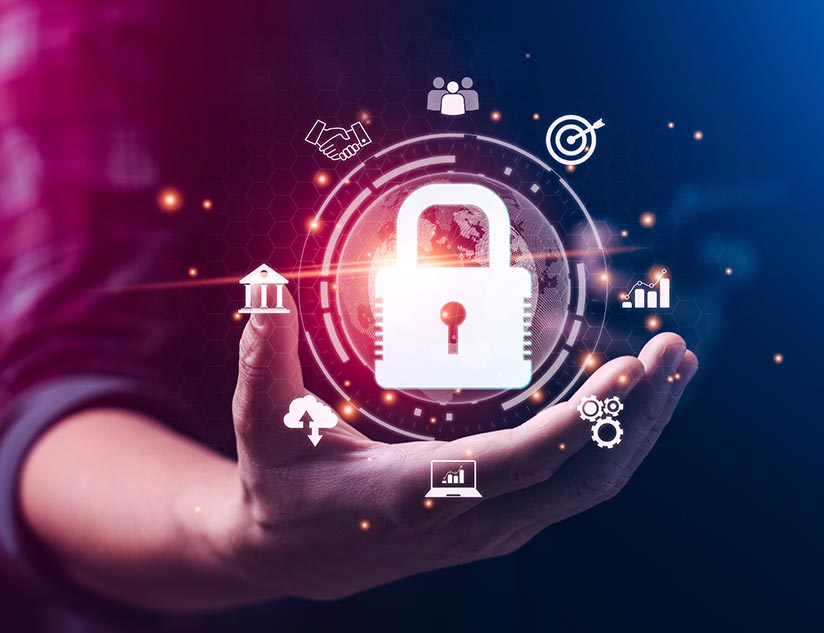Students, especially younger ones, are the most carefree users in cyberspace. The tendency to use random devices and connect to free Wi-Fi wherever available makes them the most vulnerable segment. A single loophole could expose millions of records from the interconnected digital education ecosystem. Mastering data privacy is, therefore, an urgent need in the current interconnected and global edtech landscape.
Alarming Data Breach Numbers in the EdTech Ecosystem
In 2022, 1,981 schools across the US were impacted by ransomware, a massive jump from the 1,043 schools reported in 2021. This included 44 higher educational institutions and 45 school districts. Shockingly, this amounts to only 66% of the total attacks. The other categories include hacks (17%), unintended disclosures (2%), and unknown cyberattacks (15%). The worst part is that it may take years for an educational institution to make up for the cost of a single attack.
Ensuring Security in the Digital Age
Educational institutions are not equipped with the technical expertise needed to discover and mitigate malicious attacks. This is where edtech providers can step in to embed security protocols and ensure data privacy. Here’s a look at the top tips to ensure the security of learning management systems.
Regulatory Compliance
Legislations across the globe require digital service providers to follow security guidelines. Complying with these guidelines ensures data privacy and improves the chances of edtech adoption.
Key regulations that edtech providers should focus on include:
Children’s Online Privacy Protection Act (COPPA)
COPPA outlines rules for the collection, use, and sharing of data of users below 13 years of age. The federal law has three key guidelines:
- Take explicit parental consent before collecting any personal information from a child.
- Maintain transparency regarding the collection and storage of personal information and develop a comprehensive privacy policy.
- Keep the information confidential and not share it with third parties with inadequate security setups.
General Data Protection Regulation (GDPR)
GDPR is considered the most rigid security law in the world. It regulates the privacy and security of users in the EU region. The law provides a security framework for organizations operating in the region.
- All data processing should be lawful, fair, and transparent.
- Data must be used for legitimate and specified purposes.
- Data collection should be limited by necessity and duration.
- The data must be kept updated, and users be allowed to request updates or removal.
- Data must be processed and transmitted with appropriate security, confidentiality, and integrity.
- The organization must be able to prove compliance with the GDPR and all its principles.
Secure User Authentication and Access Touchpoints
The foremost requirement to ensure security is to get a clear visibility of the access points. And the next is to secure each one of them. User log-in is one of the most widely used and vulnerable interfaces. Securing and limiting access requires applying role-based access controls and robust authentication methods. Single-sign-on facilities, essential to enhance user experience, must ensure an added layer of security and conduct access audits and vulnerability analyses regularly.
Robust Data Storage and Management
Over 50% of organizations suffered a third-party data breach in 2022. This highlights the need for robust security measures at third-party interfaces. EdTech companies must use encryption for data transfers and limit data access based on user role.
Effective Data Retention and Deletion Policies
Comprehensive and clear data acquisition, storage policies, and seeking consent are indispensable. Include clear data retention periods and deletion policies in the consent agreement. Support users’ right to request data updates or erasure. Maintain transparency in communicating data usage and sharing requirements.
Education and Incident Preparedness
Awareness is one of the most useful techniques for strengthening system security. EdTech providers must train their staff on security and incident management protocols. Parallelly, it is essential to encourage safe platform usage and make users aware of responsible internet citizenship.
Leverage Expertise
Did you know that the education sector faced the highest number of weekly cyber attacks in Q1 2023, averaging 2,507 per organization weekly? This was a 15% increase over the 2022 numbers. As cybercriminals become more sophisticated and skilled at misusing legitimate tools for malicious purposes, adopting cyber safety best practices and high-end security solutions will become the differentiator in the digital education space. In addition to the above tips, edtech providers must meet many more industry- and region-specific data protection requirements to ensure well-rounded data security. This also requires staying abreast of the latest updates in cyberspace and types of attacks.
However, navigating the regulatory landscape in the complex and highly interconnected online education space can take time and effort for small- and medium-sized enterprises. And the regulatory stance is becoming even more stringent as more people entrust their data with cloud services. Further, ensuring regular security audits and mitigating the increasing number of daily attacks requires cybersecurity expertise.
The need of the hour is a secure learning platform that eases compliant content creation and distribution. The best one will have security embedded within the design across touchpoints. Talk to the experts at MagicBox™ to benefit from a secure and compliant learning platform and ongoing support from experienced professionals.















